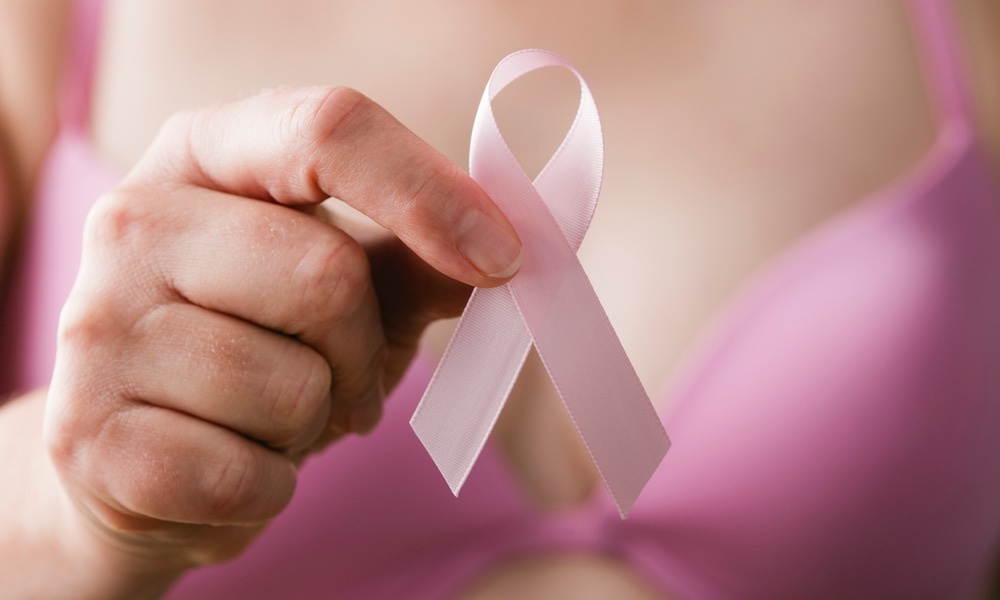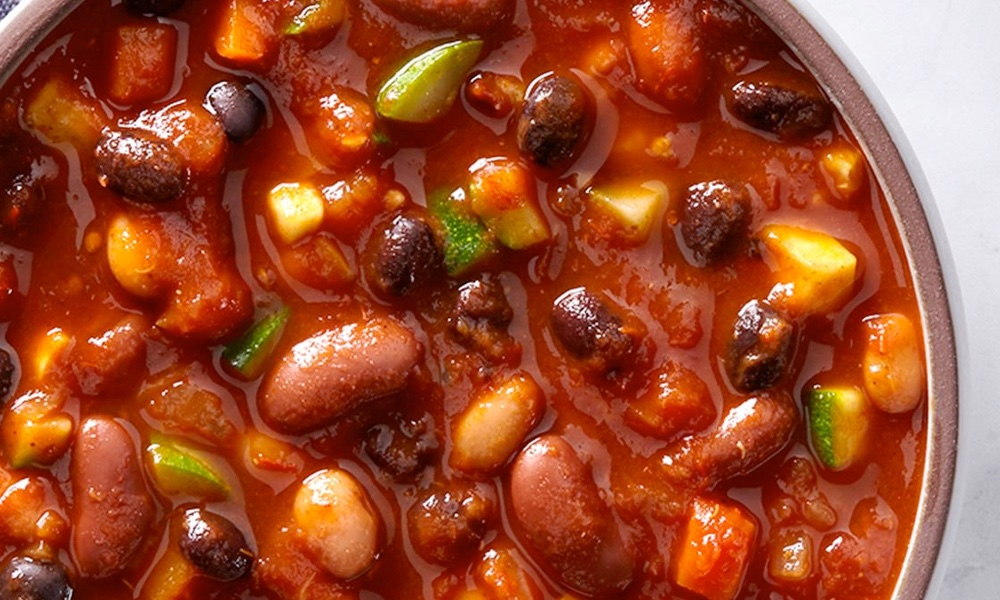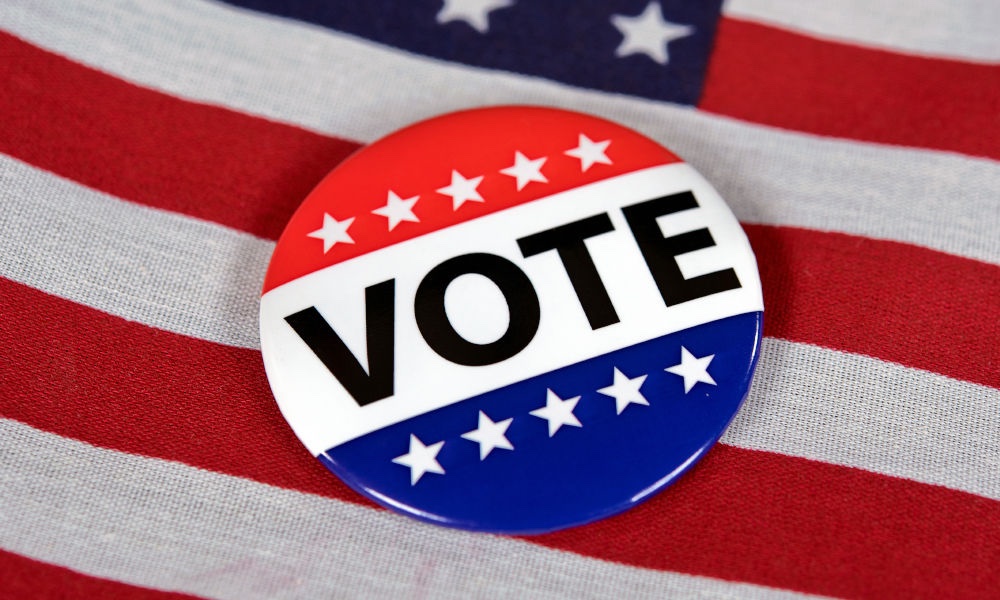If you are watching your weight, you might want to skip the trips to restaurants and eat at home more often. In a new study, researchers found that entrees at popular restaurants have more calories than stated on the menu or on the company's website, and in particular, foods labeled as low-calorie have more calories than you are led to believe.
Nearly one in five of the restaurant foods contained at least 100 more calories than stated on the menu, some exceeding 250 calories per item.
The study, conducted by the Jean Mayer USDA Human Nutrition Research Center on Aging at Tufts University in Boston, assessed the reported calorie counts of 269 food items from 42 fast food and sit-down restaurants in three cities, Boston, Little Rock, and Indianapolis. The items were frozen and shipped to a lab where they were analyzed for caloric content.
Overall, calorie information provided by restaurants was fairly accurate, but significant discrepancies were found. Of the 269 foods assessed, only 7% were within 10 calories of the number stated by the restaurant, and nearly 20% contained at least 100 more calories than stated.
Fast food restaurants fared better at their calorie reporting, probably because there is more consistency in portion sizes and preparation procedures in fast food kitchens than in restaurants. At fast food restaurants, the calorie discrepancy was found to be 134 calories for each menu item assessed.
Perhaps most disconcerting was the fact that foods labeled as low-calorie had more calories than listed. Of the foods tested, 19% fell into the low-calorie category and those foods had about 100 more calories than claimed by the restaurants.
At any given time about one-half of Americans are trying to lose weight or are watching their weight. An extra 100 calories a day may not seem like much, but over a year's time it can lead to an extra 10 to 15 pounds of weight. Given the fact that Americans consume about one-third of their daily calories from eating out, the inaccuracies in reported calories at restaurants may be undermining the efforts of those trying to lose weight or maintain their weight.
Some states already require certain restaurants to post the calorie content of the items they serve, and federal law will soon require this of more restaurants across the country. The information from this study suggests that there is much work to be done in standardizing portion sizes and kitchen procedures to assure the accuracy of calories reported on menus and websites.
For those who are watching their waistline and choose to eat out, order a salad, ask for the dressing on the side (and use as little as possible), and leave the cheese, eggs, and bacon bits off. Avoid the temptation to snack on the "freebies" that come before your meal is served, and order calorie-free beverages such as water, unsweetened tea, or diet sodas.
The study was published in the July 20 issue of the Journal of the American Medical Association.




